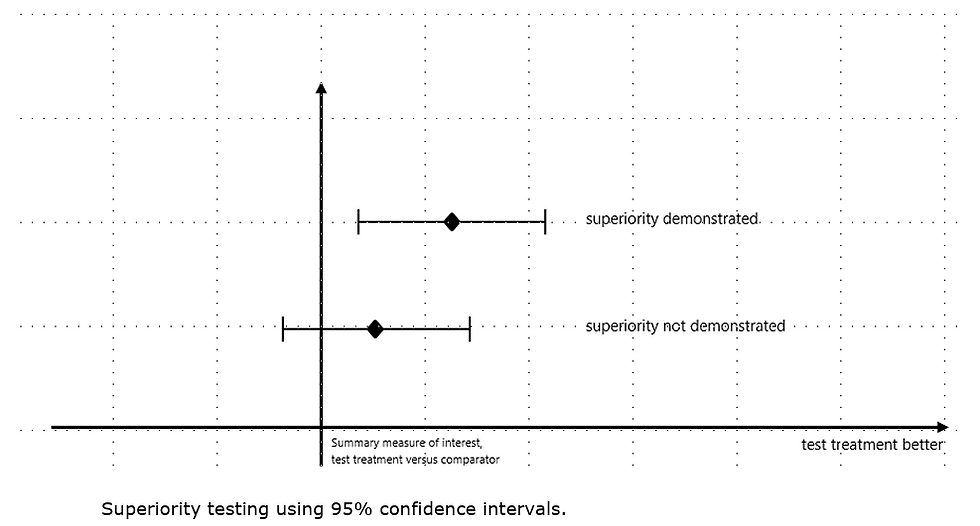EMA Guidance: EudraVigilance Registration Manual -Step-by-Step Guide to Compliance and Signal Management
- Sharan Murugan

- May 24
- 3 min read
Pharmacovigilance is critical for ensuring drug safety in the EU. EudraVigilance is the central system operated by the European Medicines Agency (EMA) for monitoring the safety of medicines in the European Union. For any organisation involved in pharmacovigilance, particularly Marketing Authorisation Holders (MAHs), Contract Research Organisations (CROs), and non-commercial sponsors, understanding how to register and operate within EudraVigilance is essential.
To support this, EMA has published the EudraVigilance Registration Manual (Revision 16, May 2025), which serves as a definitive guide for setting up and managing access to the system.

Key Points and Analysis
1. Registration Overview
The registration process begins with setting up a user account in the EMA Account Management Portal. Once this is done, users must check whether their organisation is already registered in the SPOR Organisation Management System (OMS). If not, they must submit a new organisation request.
Next, a Qualified Person for Pharmacovigilance (QPPV) or Responsible Person (RP) must be designated and registered for the organisation. After completing these initial steps, the organisation can finalize its details within the EudraVigilance restricted area. Finally, EMA’s Gateway Team will configure the required data transmission mode—either WebTrader or Gateway.
2. EMA Account Management Portal (IAM)
Creating an account in the IAM portal is a prerequisite for all further actions. The portal supports various EMA services, and if users already have access to platforms like EudraCT or EVDAS, they likely already have an account.
The manual explains how to register, log in, change or reset passwords, recover usernames, and update authentication questions. All these functions are essential for secure and reliable access to EudraVigilance and related systems.
3. Organisation Information in OMS System
To manage or update an organisation’s profile in OMS, users must request a “SPOR Super User Industry” role through the portal. Once granted, they can search for their organisation in OMS. If the organisation does not appear, they can submit a request to create one, either through the portal or directly within the OMS platform.
Supporting documents are required, and the EMA must approve the request. Once approved, the organisation is visible within EMA’s systems, enabling role assignment and profile management.
4. Registration of a New Organisation in EudraVigilance
After the organisation is established in OMS, the next step is to register it in EudraVigilance. This is done by completing the QPPV or RP role assignment. Once approved, the QPPV/RP logs into the EudraVigilance restricted area and finalizes the organisation’s profile by updating fields such as the OMS Location ID, transmission mode, organisation category, and MedDRA licence type.
Organisations wishing to use the EVPOST feature must undergo quality assurance testing and request activation through EMA Service Desk once validated.
5. EudraVigilance User Access Management
Managing user access is a key responsibility of the QPPV or RP and their designated Trusted Deputy (TD). They must approve and manage role requests within the EMA Account Management Portal and conduct a biannual review of user roles to ensure continued access only for those who need it.
Users can request access for specific roles, and if no QPPV/RP is active for an organisation, the system will block all role approvals. The QPPV/RP or TD also has the authority to revoke roles when necessary and to respond to policy violations.
6. EudraVigilance Organisation Management
This section covers how to manage organisation structures within EudraVigilance, including headquarters, affiliates, and virtual affiliates. Tools are provided to merge, move, or split organisations as business needs evolve. It’s also possible to disable inactive profiles, update regulatory contact points, and manage Article 57 user details. This allows organisations to maintain an accurate and up-to-date hierarchy.
7. XCOMP Registration Process
The XCOMP system is EudraVigilance’s test environment and is automatically created once a QPPV/RP is approved in Production. It mirrors the Production environment and allows organisations to test role assignments, data submission, and gateway functionality before live use. Organisations and vendors can register and manage XCOMP profiles, change gateway connection details, or remove outdated vendor access.
8. Support for Non-Commercial Sponsors (NCS)
Non-commercial sponsors, such as universities or public health institutions, have slightly different support needs. The manual includes additional guidance for these organisations, detailing how to register, assign user roles, and manage organisational structures within both Production and XCOMP systems.
Annex: Understanding EudraVigilance Roles
The annex section provides a list of base and supplementary roles for both the Production and XCOMP environments. Understanding these roles is crucial to ensuring users have the right level of access to perform their tasks, whether it's submitting ICSRs, browsing safety data, or administering the system.
By adhering to the latest guidance in the EudraVigilance Registration Manual (May 2025), organizations can navigate the registration process with confidence and contribute to the collective goal of safeguarding patient health.
For further reading and the full manual, visit the official EudraVigilance Registration Manual.



Comments